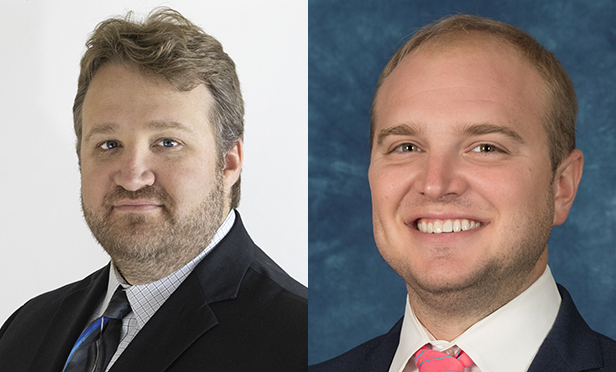 Brian Nemetz and Benjamin Jelin, Ph.D, CIH, CSP
Brian Nemetz and Benjamin Jelin, Ph.D, CIH, CSP
As concern spreads regarding Coronavirus disease 2019 a.k.a. COVID-19, facility owners and operators across most industries are in need of guidance as to how to handle this unprecedented situation. The most commonly requested information includes recommendations to mitigate the risk of exposure related to their properties in the event that a person with a presumptive or confirmed COV-19 case enters their facility. Public health authorities and academic researchers are still characterizing the transmission of the COVID-19 virus, including determining when those who are infected are infectious (e.g. shedding virus) and whether or how long those viruses are viable (e.g. capable of infection) on surfaces. Environmental viability reportedly lasts from hours to days; one literature review estimated that similar human viruses may be viable under certain circumstances up to 9 days. Facility owners and operators should emphasize preventative hygienic practices by occupants and visitors to their facilities, including, but not limited to:
- Encouragement to stay home when you are sick or exposed to someone who is sick, practice proper sneeze and cough etiquette and use proper hand hygiene procedures.
- Encourage those who have sick family members or employees who may have been exposed to contact their supervisor/HR representative and conduct a risk assessment of their potential exposure. For COVID-19, the period of quarantine is 14 days from the last date of exposure, because 14 days is the longest incubation period seen for similar coronaviruses.
- Separate sick occupants from healthy employees if identified.
- Employ social distancing wherever possible.
- Perform routine environmental cleaning by utilizing EPA-registered antimicrobial/viricidal solution on high probability touch points (e.g. door knobs, sink handles, desks, etc.) that have been cleaned. Remember that antimicrobial/viricidal solutions are registered to be applied to clean surfaces and specific types of surfaces.
- Limit non-essential employee travel and follow the recommendations by public health authorities.
If your facility is impacted by exposure to a presumed-infectious person or a confirmed infectious person, immediately isolate the area and keep closed off as long as possible before cleaning. Contact a Certified Industrial Hygienist (CIH) or other infection control specialist who can assist you with the preparation of site-specific cleaning protocols to mitigate the risk of transmission from the potential infectious virus.
There is no environmental test to sample the air or surfaces for the SARS-CoV-2 which causes COVID-19 disease. Proper cleaning and disinfection followed by proxy measurements can determine if surfaces have been cleaned as per industry standards. This is why hiring a knowledgeable consultant and experienced contractor to conduct the cleaning and prevention is key. Engaging with a CIH, Certified Safety Professional (CSP), Certified Hazardous Materials Manager (CHMM) and Council-certified Environmental Infection Control Consultant (CEICC) and Indoor Environmentalist/Consultant (CIE/CIEC) can help you mitigate your risk to workplace related infections, including:
- Response Assessment
- Employee Awareness Training
- Infectious Disease and Pandemic Response Planning
- Focused Cleaning Plan and Procedures
- Cleaning Verification Services
- Risk Communication Strategies
- Review of Clients/Contractors Protocols
This is an evolving situation and recommendations may change over time. Please stay up to date on the recommendations from the Centers for Disease Control and Prevention (CDC) and the World Health Organization (WHO). DISCLAIMER: This article was based off the information available on March 12, 2020.
© 2025 ALM Global, LLC, All Rights Reserved. Request academic re-use from www.copyright.com. All other uses, submit a request to [email protected]. For more information visit Asset & Logo Licensing.








